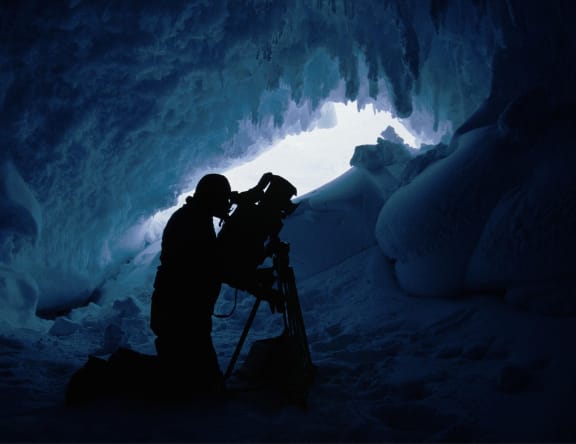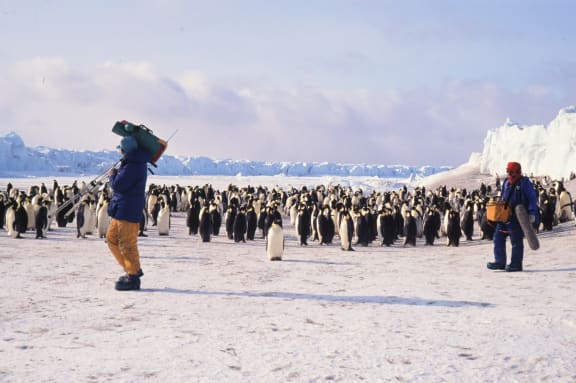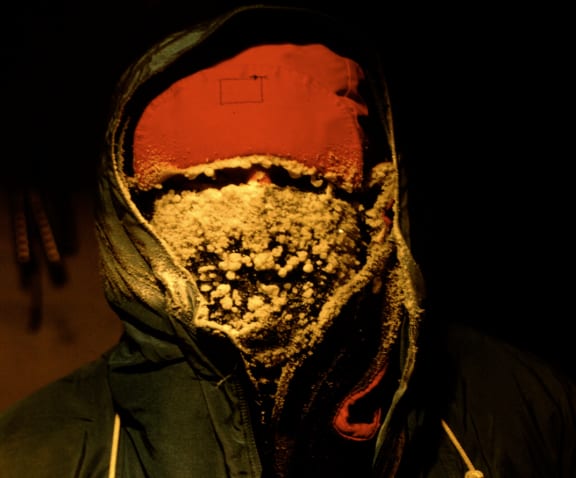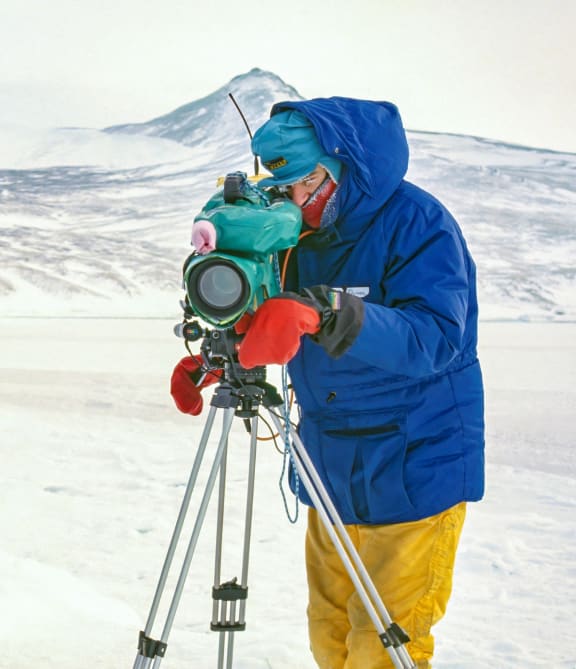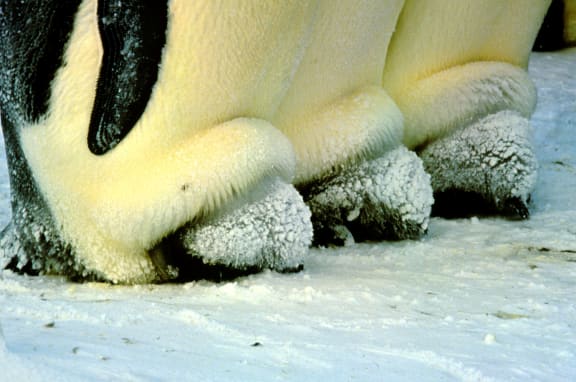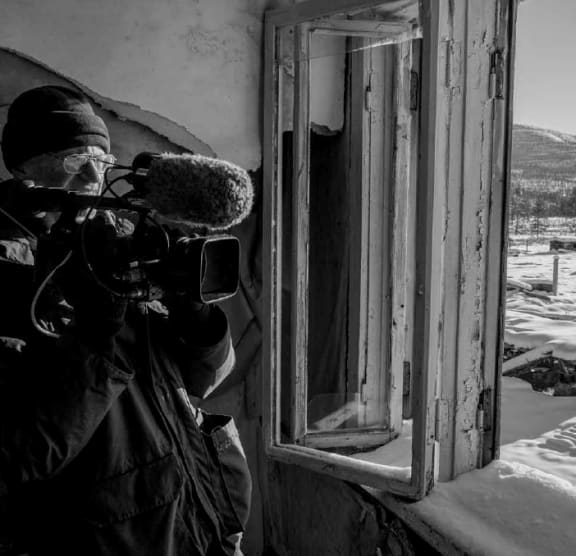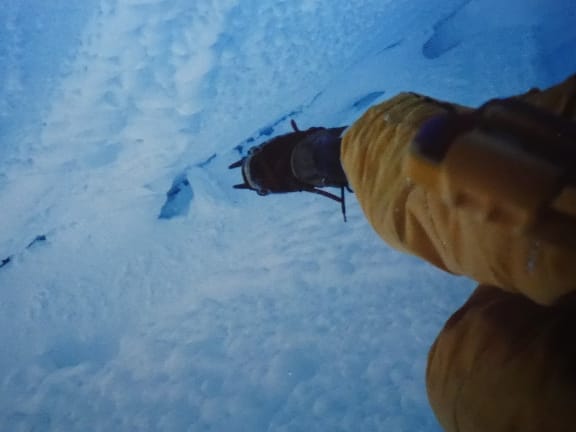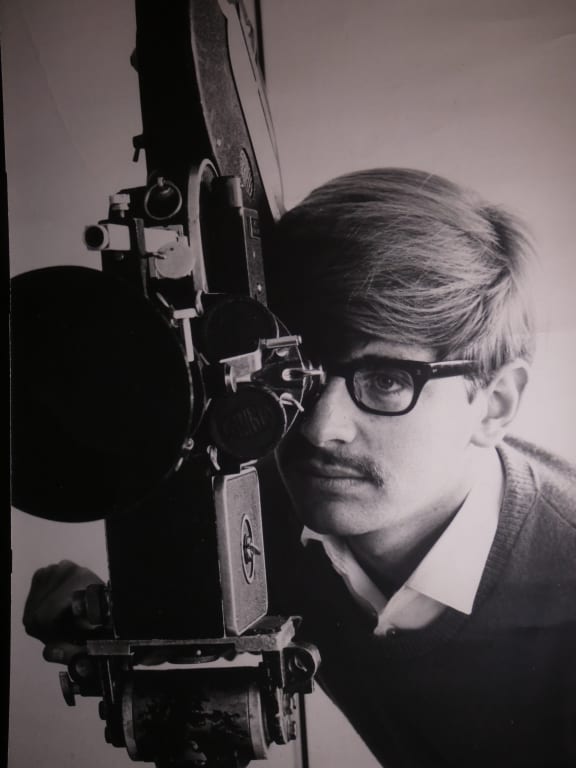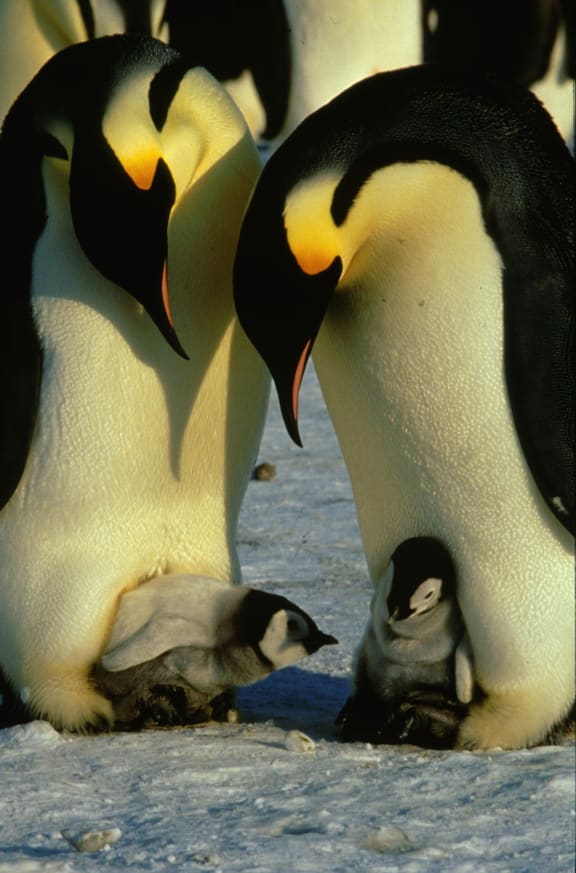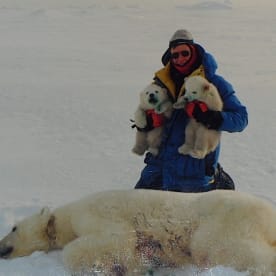Max Quinn is as acclimatised to the extremes of the world as the wildlife that he captures behind the lens.
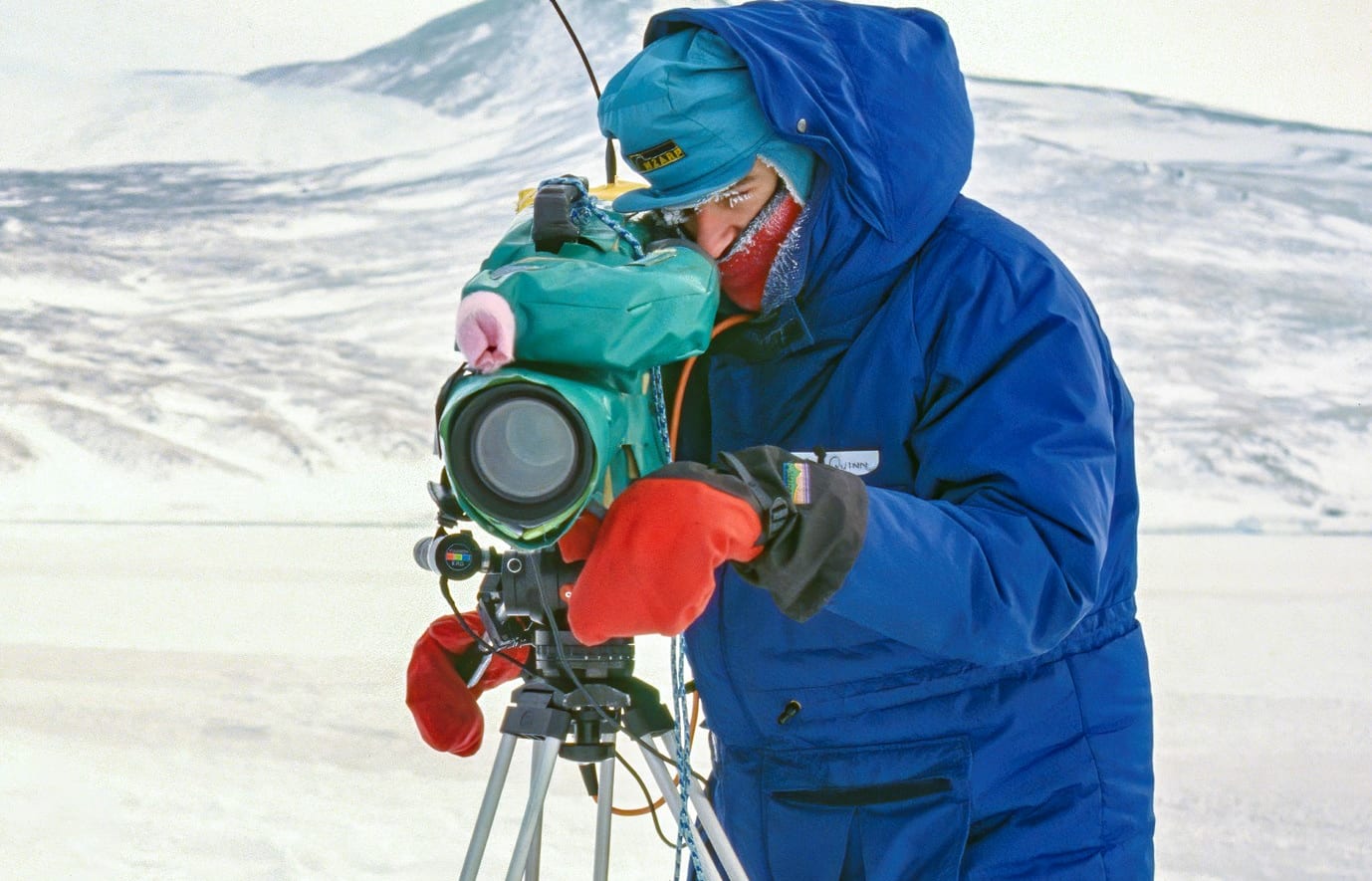
Max Quinn Photo: supplied
From the ‘bitingly cold’ Ross ice shelf in Antarctica to the depths of Brazil’s rainforests, the renowned polar photographer, director and cameraman has spent 50 years documenting wildlife in the most remote parts of the world.
Quinn learned his trade as a NZBC cameraman, then as a director of photography on New Zealand television dramas, before joining TVNZ's Natural History Unit in Dunedin in 1987.
Over the years he's filmed for many of the world's top broadcasters; including National Geographic and Discovery Channel.
More recently he's been working on nature documentaries throughout the world and last year completed filming on a three-part wildlife series set in Brazil.
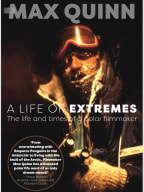
Photo: supplied
Following his trip to South America he released a book called A Life of Extremes: The life and times of a polar filmmaker.
The book focusses on his filmmaking experiences, which started in 1991 when he spent 11 months in Antarctica filming documentaries on the Emperor Penguin and about life at Scott Base.
“Back in 1991 there hadn’t really been any films made on Emperor Penguins before, this pre-dated The March of the Penguins and those other films that came along much later, so we went down there, and it was very experimental really and we were, in some respects, quite pioneering,” he told Saturday Morning with Kim Hill.
“We stayed at Scott Base and made something like 13 visits out to the Cape Crozier Emperor Penguin colony during that winter and it was just an incredible experience.”
Just venturing to the colony posed its challenges – he had to traverse 85km across the Ross ice shelf from Scott Base to get to Cape Crozier.
But it was all worth it to Quinn, who captured what he believes was the first footage of an Emperor Penguin chick hatching from its egg.
His work documented the entire life cycle of the animals, showing the extreme struggles the animals face in one of the harshest environments on earth.
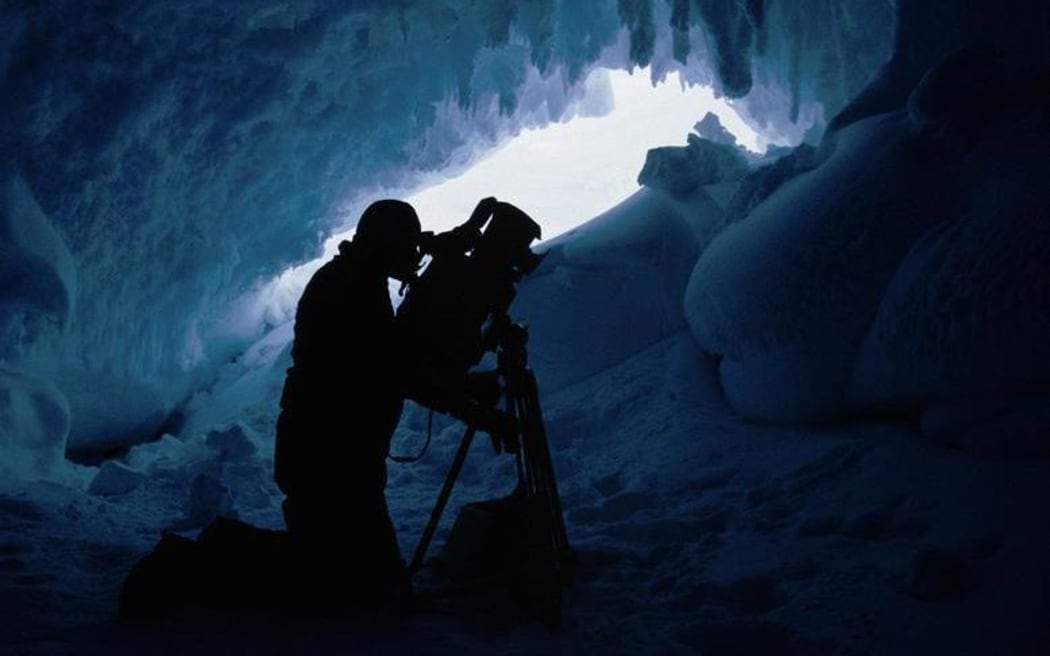
Max Quinn filming in the Erebus Glacier Tongue Ice Caves. Photo: Supplied / Don Anderson
Quinn’s footage has been viewed millions of times and helped scientists understand the complexities of the Emperor Penguin.
He filmed moments such as the delicate exchange of the egg from the mother to father, the call of the female as she tries to find her mate and chick once she’s returned from feeding, and more comical faux pas such as the infamous shot of an Emperor Penguin body slamming through the ice to reach water.
Quinn said his experiences in both polar regions was just a small part of his career.
Last year he ‘retired’ from the TVNZ Natural History unit, hanging up his light meter and thermal wear, and took up a cameraman position with the Dunedin Natural History Unit on a project in Brazil.
Going from one of the most isolated regions in the world to an ecological hotbed of diversity wasn’t lost on Quinn, who filmed some of the most iconic South American creatures.
“We were close to jaguars and giant ant eaters, anacondas and muriquis monkeys – the largest primate in South America – it just went on and on and on, it was an incredible experience.”
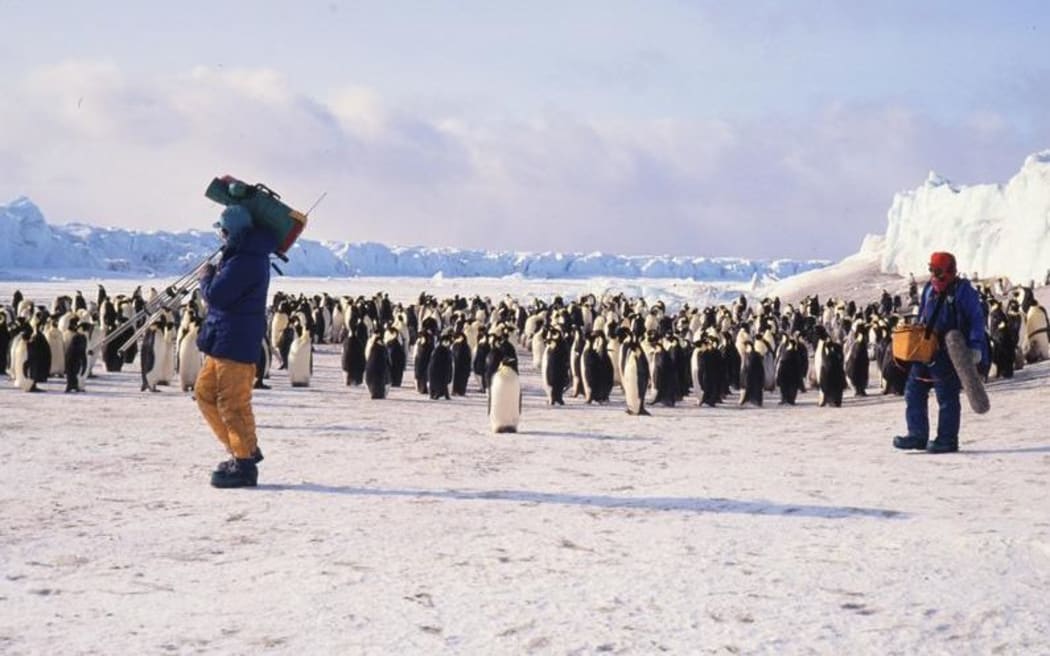
Max Quinn and soundman Don Anderson passing in front of the Cape Crozier Emperor Penguin colony. Photo: Supplied / Yvonne Martin/ Antarctica NZ
The project was part of a series for National Geographic and Quinn said it was a fitting way to end his ‘life of extremes’ for now.
Even in his 70s, Quinn hinted his adventures with a lens in his hand may not be over yet, but as uncertainty and Covid-19 go together like an Emperor Penguin and ice, any new experiences are on the back burner ‘for now’.
